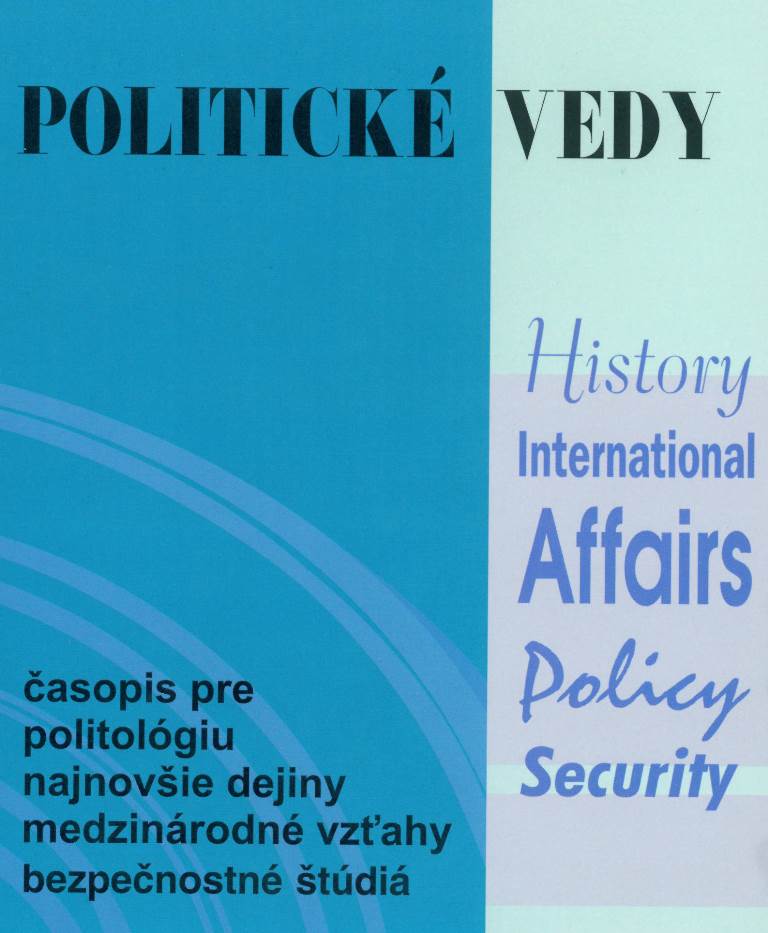The Impact of Europeanisation, Americanisation, and Gazpromization on the Articulation of Romania’s Foreign Policy Dynamics in the Wider Black Sea
The Impact of Europeanisation, Americanisation, and Gazpromization on the Articulation of Romania’s Foreign Policy Dynamics in the Wider Black Sea
Author(s): Eduard Rudolf RothSubject(s): Politics / Political Sciences
Published by: Univerzita Mateja Bela
Keywords: foreign policy; Wider Black Sea Area; energetic security; Romania; Americanisation; Europeanisation; Gazpromization
Summary/Abstract: This paper aims to offer a complex overview of Romania’s foreign policy dynamics towards the Wider Black Sea Area (WBSA) in the period 2005-2007, by uncovering and assessing the degree to which exogenously articulated preferences influenced the design and formulation of the indigenous foreign policy agenda for the region. In this context, the document would argue that Bucharest’s behavioural dynamic towards WBSA was – throughout the whole the selected timeframe – a by-product of a multi-layered, overlapped pattern of influences (primarily of US and Russian and secondary of EU origin) that played a nodal role in the structural moulding of the regional topography, in terms of security or socio-political or economical outcomes. In particular, the manuscript will also set out to further understanding of how the anticipation to enhance Romania’s status and allure with Washington (and partially with Brussels) led to imports of heterochthonous preferences, perspectives and interests into the indigenous foreign policy agenda and of how – due to the specificity of the NATO and EU integration processes, the two epicentres of power imposed an altercasting socialization pattern to Bucharest, by providing cues to elicit a certain behaviour and by ascribing it roles and ways of conduct congruent with their interests, goals and political visions for the region.
Journal: Politické vedy
- Issue Year: 18/2015
- Issue No: 2
- Page Range: 156-177
- Page Count: 22

